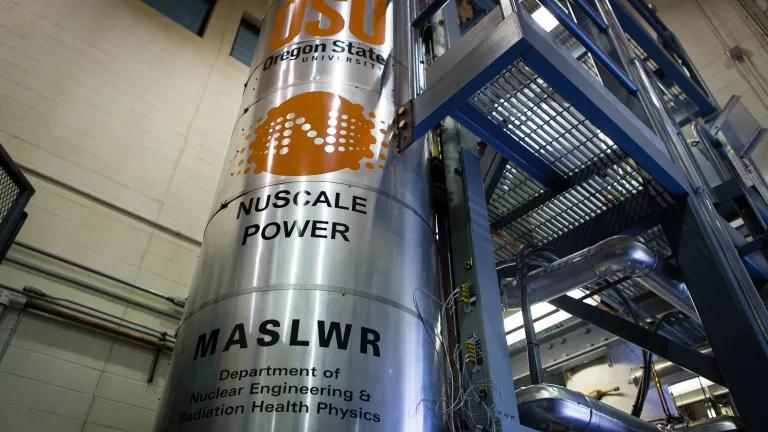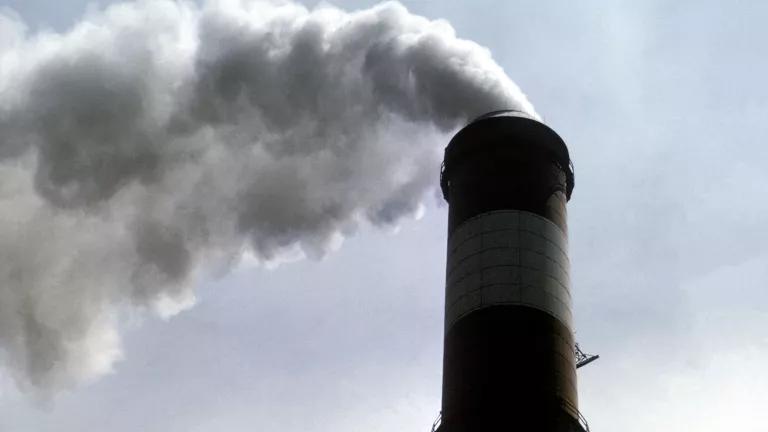The EPA's Clean Power Plan Could Save Up to $9 Billion in 2030
Up-to-Date Cost Data For Clean Energy Resources Mean Lower Costs, Greater Potential for Carbon Reductions
The U.S. Environmental Protection Agency’s (EPA) analysis of its Clean Power Plan proposal relies on outdated estimates of the costs and performance of renewable energy-generating technologies and an overly conservative outlook on the cost of energy efficiency. As a result, the EPA overestimates the costs of compliance and undervalues the potential for resources like renewable energy and energy efficiency as compliance pathways.
NRDC re-evaluated the Clean Power Plan proposal using the same model that the EPA uses to reproduce its base case and policy cases, updating cost and performance assumptions for energy efficiency, wind and solar energy-generating technologies. We found that the Clean Power Plan would actually save the power sector between $1.8 and $4.3 billion in 2020, and $6.4 and $9.4 billion in 2030, with energy efficiency, wind energy, and solar energy occupying a greater share of the generation mix than in the EPA’s analysis. While the EPA estimates the net benefits to be valued at $27 to $50 billion in 2020 and $49 to $84 billion in 2030, this analysis shows that compliance with the proposed targets will actually produce a savings rather than a cost for the electricity system and that the net benefits will be even higher than what EPA estimates by $9 billion in 2020, and $15 billion in 2030.
The EPA has room to strengthen the proposed Clean Power Plan while keeping costs reasonable, and can count on clean generation technologies to lead the way toward substantially reducing emissions of climate-changing carbon pollution from the nation’s largest emitting sector. We can do so and save money even as we protect our health, our communities and future generations.



